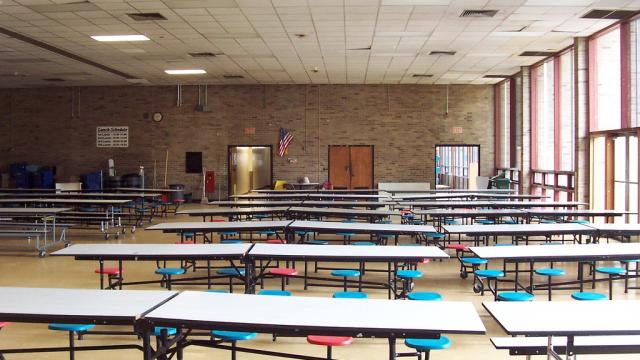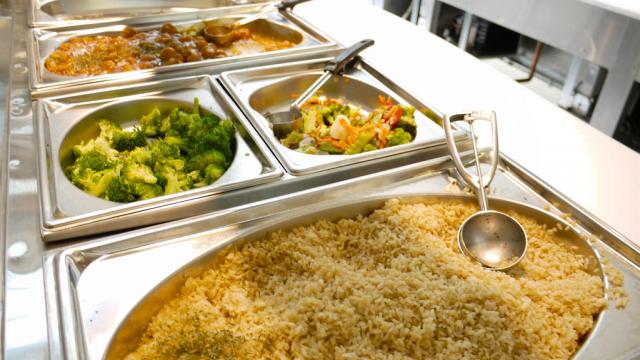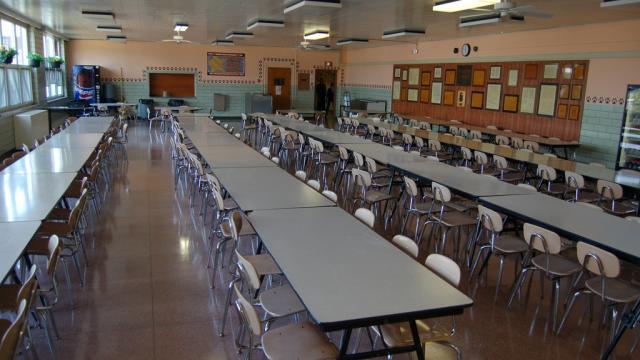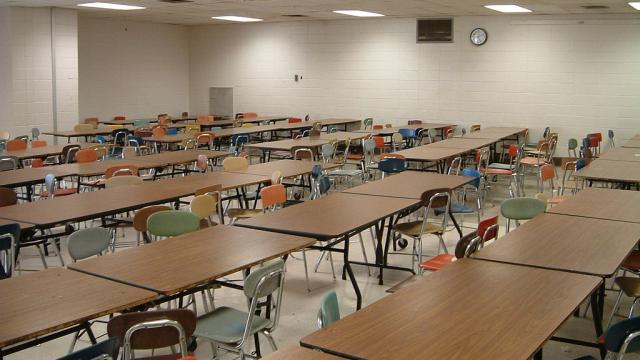Dynamic Designs is a firm that rebuilds structures to make more space and to ensure that the building is energy efficient. The main project our team is working on right now is the reconstruction of Mira Loma High School’s cafeteria. Currently, the cafeteria and kitchen are too small and has equipment standing in the cafeteria that takes up plenty of room. The team wishes to make the cafeteria a two story building to give the students and staff plenty of room. Also, to conserve energy, the team will make the cafeteria more energy efficient and water efficient.
The team consists of six directors, where each person has a specific job and their full focus is to make their area that best possible.
• Director of Exterior Building Design: Nadiya Klymenko is responsible for the exterior building design based on input from team members and architect mentors.
• Director of Interior Building Design: Diana Kravets is responsible for the interior building design based on input from team members and architect mentors.
• Director of Interior Décor Design: Mariya Skots is responsible for designing the interior décor of the building based on input from team members and architect mentors.
• Director of Landscape Design: Anna Merkushev is responsible for the landscape design both outside and inside the cafeteria.
• Director of Community Relations: Rufa Pazyuk is responsible for designing space, security, and access for senior citizens, children, and other community groups based on input from team members and architect mentors.
• Director of Sustainability and Energy: Vera Barsukova is responsible for designing places, products, and systems to ensure sustainability and energy efficiency based on input from team members and architect mentors.
Mira Loma High School is currently located in Sacramento County, Sacramento, California. Mira Loma is part of the San Juan Unified School District, and is a public school open to all students. The school first opened in 1960. It can hold up to 1,900 students each year, currently this year there are 1,625 students with sixty-one teachers. The school currently has three counselors, eleven administrators, and the current number of the support staff personnel is twelve. This is a little information about Mira Loma High School.


































Comments
I think you meant "conserve energy" vs. "consume energy". (Edit) Good start.
Dynamic Designs fixed it. Thanks for letting us know. We appreciate it! :)
What makes your group unique.. what is your niche in the architecture field? Every group "rebuilds structures to make more space and to ensure that the building is energy efficient".. what makes you different?